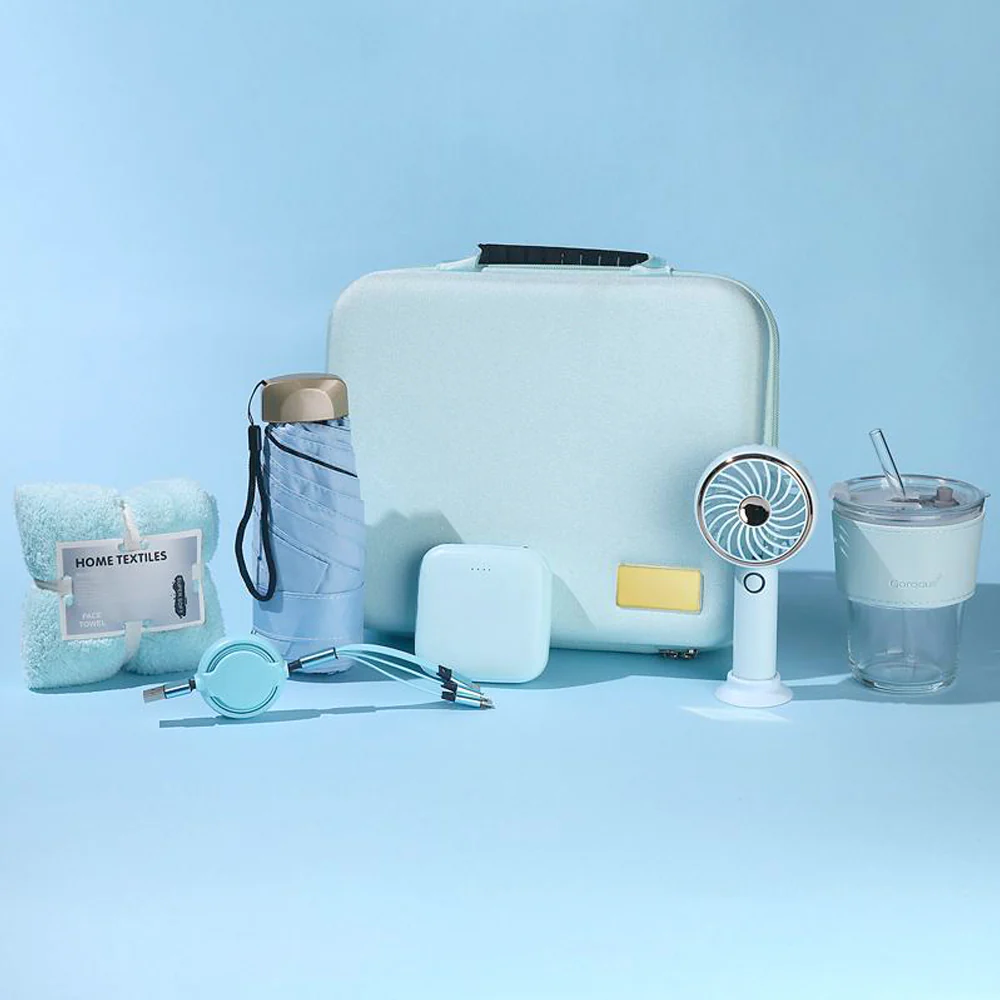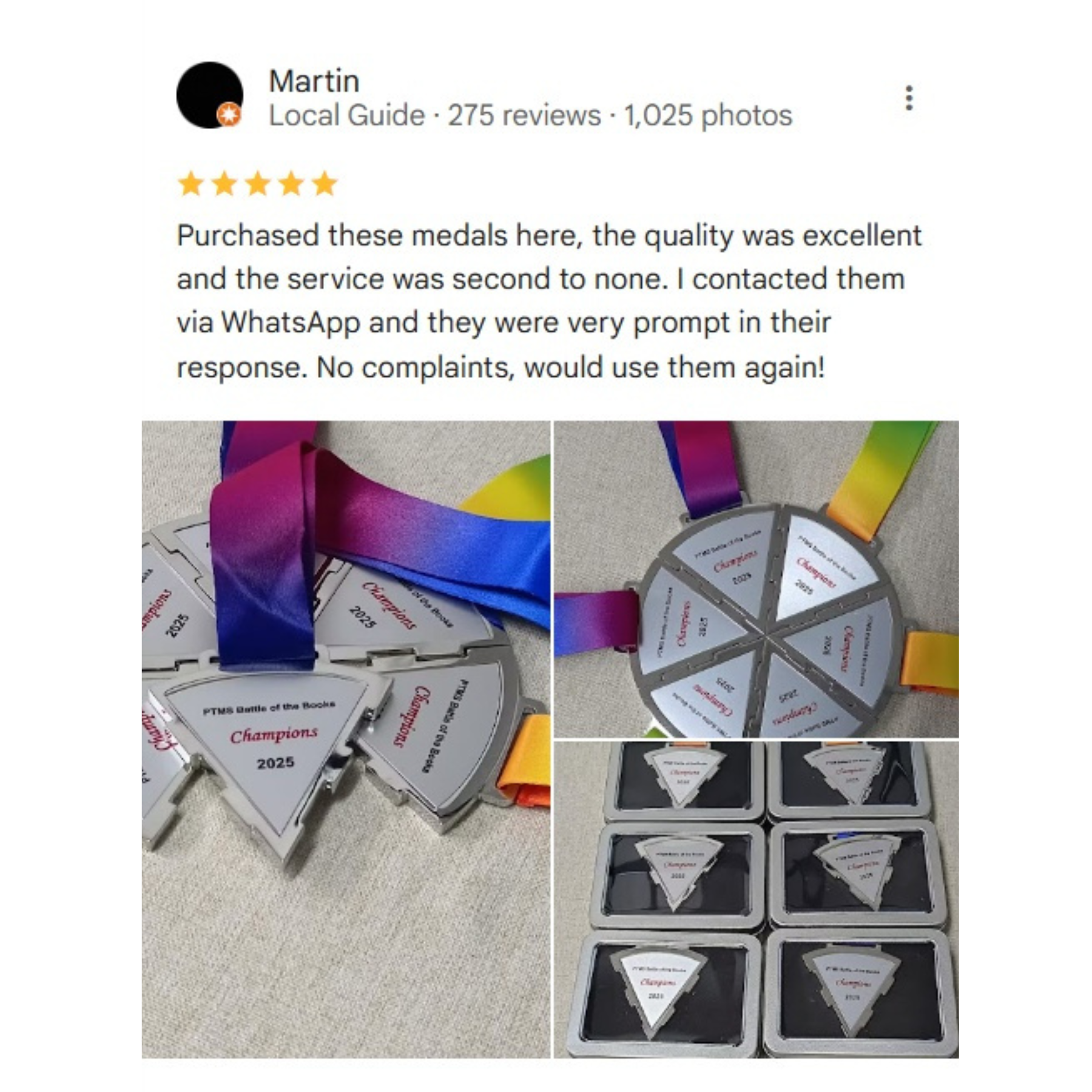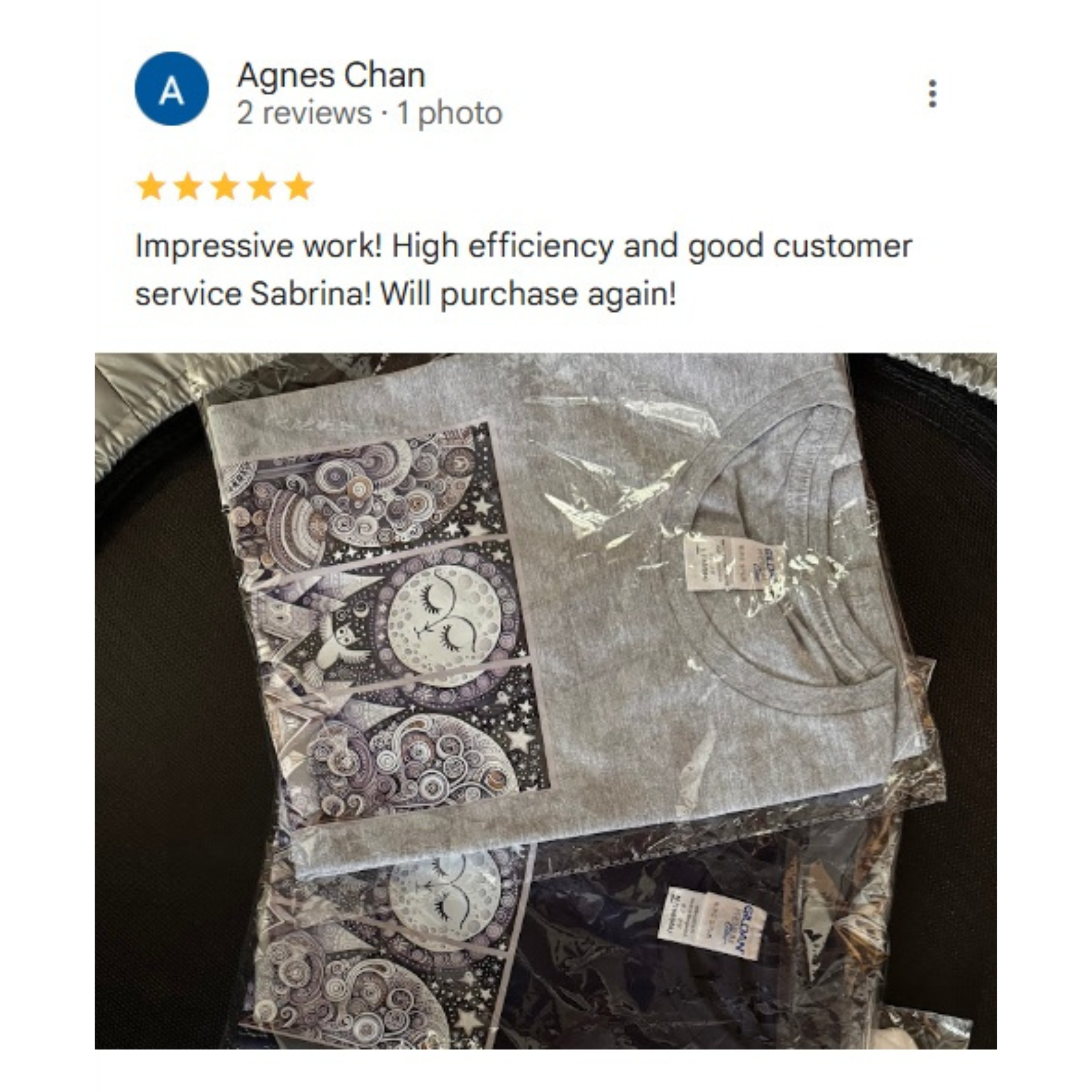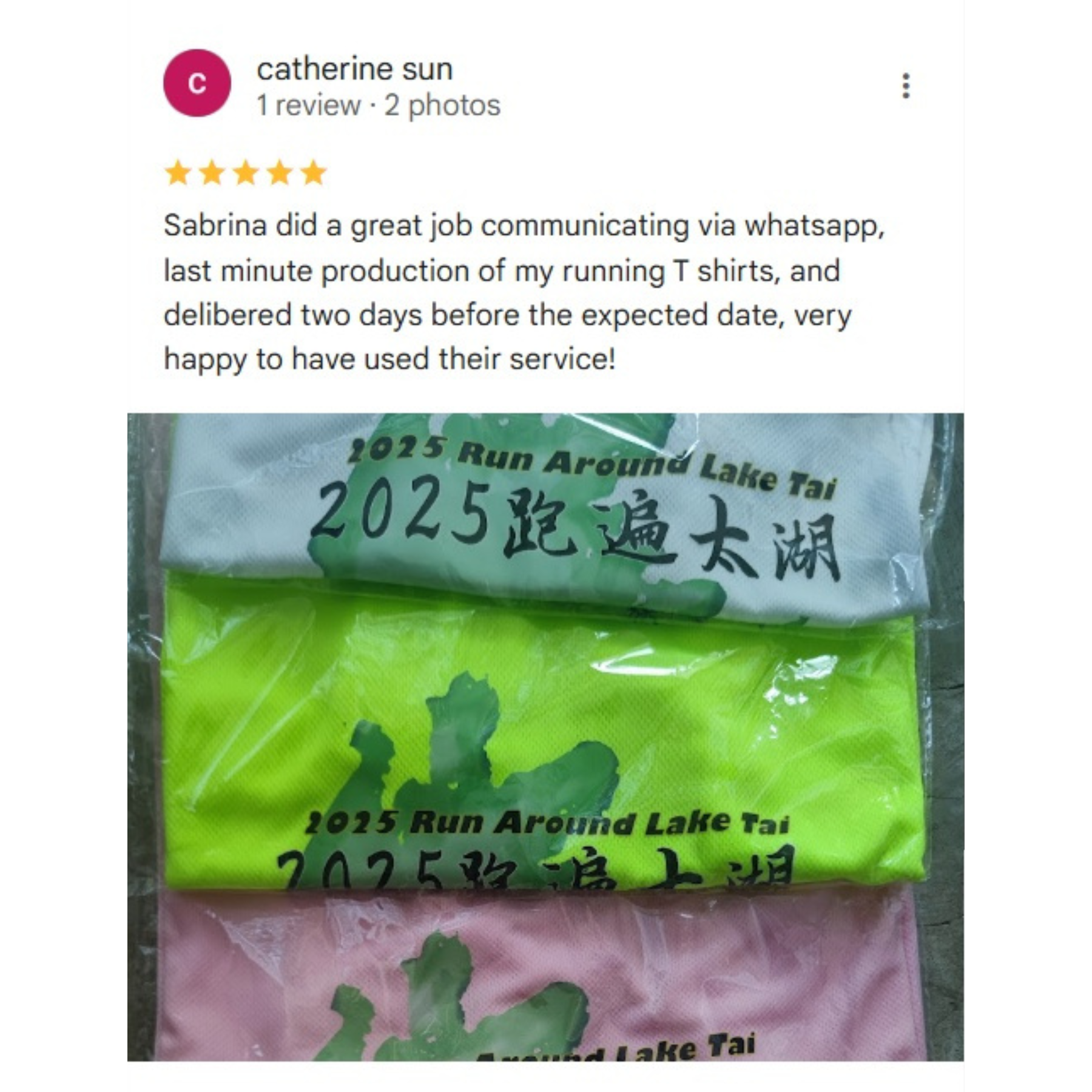Are you planning to create custom T-shirts for promotional purposes or business branding? A well-designed T-shirt will reflect your brand's image. The printing method plays a crucial role in the final T-shirt result. But remember, each printing method has its own strengths, limitations, and ideal case scenarios. If you want to produce high-quality prints, BestGift provides a guide to help you understand how these methods work and make smarter decisions for your project.
Exploring T-shirt printing methods
T-shirt printing has become a popular method for branding and marketing, offering a wide range of methods for bringing designs to life on fabric. We'll explore several popular T-shirt printing methods, how they work, and which one is best suited to your business needs.
Screen printing
Screen printing or often known as silkscreen printing is a traditional and widely used printing technique by pressing ink through a mesh screen onto a surface. This technique is commonly used for T-shirts because it produces vibrant and long-lasting prints, suitable for bold designs with few colors. A mesh screen is used to create a stencil of the design. Then the screen is placed on the shirt, and ink is poured on top. A tool is used to spread the ink across the screen, and the ink only goes through the open areas of the stencil until the design goes onto the shirt. After printing, the shirt is heated to dry and sets the ink.
Direct to garment printing (DTG)
Direct to garment (DTG) printing is a method that prints designs directly onto fabric using an inkjet printer, ideal for small batches, custom designs, and prints with lots of details and colors. This printing method uses textile inks, and works much like a regular paper printer. The shirt will be prepared to help the ink stick better and show up more vividly. Once the shirt is ready, it is placed flat into the DTG printer. Then the design is printed directly onto fabric in full color with details. After printing, the shirt is heat-pressed or cured to make the ink permanent.
Heat transfer printing
Heat transfer printing is a method where the design is first printed onto special transfer paper, then applied to the fabric using heat and pressure. The design is printed using sublimation inks, laser, or inkjet, depending on the transfer type. Once the image is on the paper, the paper is placed face-down on the fabric, and the heat press begins to bond the design to the material.
Sublimation printing
Sublimation printing uses sublimation ink to print a design onto transfer paper, then it's applied to a material using heat and pressure. When heated, the ink turns into gas and bonds directly with the fibers of the fabric. Sublimation is good for polyester fabrics with vibrant and durable results. This print won't crack, peel, or even fade.
Factors that affect the durability of printed T-shirts
Once you understand several printing methods, you should also understand the factors that can affect the durability of printed T-shirts. First, the type of ink or material used matters. Use plastisol ink and dye sublimation for longer-lasting T-shirts, as water-based inks and heat transfer vinyl can wear out sooner if the wearer doesn't handle them properly.
The Power of Custom T Shirts for Marketing and Branding
Second, fabric quality can also impact durability. High-quality cotton or polyester blends hold the print and resist shrinking or fading, while cheaper fabrics may not handle ink as well. Also, pay attention to the curing time and drying processes, as these determine whether the ink will bond with the fabric. If the ink isn't cured at the right temperature, it can wash out or crack easily.
Lastly, washing and care habits from T-shirt owners. High heat, harsh detergents, and frequent washing can wear down the print and the fabric. The safest way to wash T-shirts is turning the shirts inside out, air drying, or using cold water can help prints last longer.
How do I choose the best printing method for my project?
Choosing the best printing method depends on a few key factors including your budget, fabric type, design, and how much do you need it. If you want to order in bulk, screen printing is the most cost-effective and durable option, because it works best for simple designs with a few colors and will still produce bold and long-lasting results.
If you have a design with lots of color and detail, DTG printing is a great option. However, be aware that this method is slightly more expensive, as it's best suited for smaller orders like custom or personalized gifts. However, if you want vibrant results or all-over prints on fabric, sublimation printing is the best option. The design blends with the fabric, making it extremely durable and soft to the touch.
Always consider your budget and needs, as they will determine how your brand will be presented to your target audience with your best T-shirts. Ensure you receive high-quality and superior printing to achieve a lasting impression on every T-shirt you distribute.
Choosing the best place for printing custom T-shirts
Finding the right printing provider is the first step in this guide. After learning about several printing methods, the factors that contribute to the longevity of printed T-shirts, and how to determine the best method, all you need to do is find the best place to print your custom T-shirts.
BestGiftHK is the perfect place for you, with multiple printing methods like screen printing, DTG, and heat transfer, ensures your T-shirt is produced using the best technique for your design. There are many material options to choose from, as well as various sizes. They're perfect for a variety of needs, including company swag, promotional items, corporate gifts, and giveaways.

Whether you need one shirt or a hundred, we offer flexible order sizes with fast turnaround and competitive pricing. BestgiftHK is trusted by individuals, businesses, and schools across Hong Kong for its consistent quality, reliability, and attention to detail. You can count on us for custom T-shirts that not only look great, but also feel comfortable and last wash after wash!























